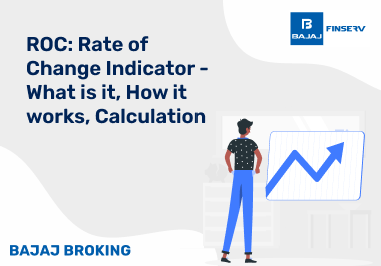People commonly talk about bonds and stocks at the same time, even though they seem like two quite different things. Bonds give you a constant return, while equities have the potential to increase but are riskier.
Majorly, they go in different directions. When bond yields go up, people may pull money out of stocks. On the other side, falling bond yields typically make people want to buy stocks again. This continual change affects how money moves in the marketplace.
You can better understand the risks and opportunities in front of you by studying how bond rates affect stock prices.
What is a Bond and Bond Yields?
You can think of a bond as a loan. It could be a business or a government. They agree to pay you interest on the bond until it matures in return. The bond yield is the amount of money you really make.
Bond yields and stock markets often move in opposite directions. When yields go up, investors might choose the safety of bonds over stocks, which might cause stock prices to go down. When yields go down, stocks appear better, and money goes back into stocks.
Interest rates are important too. Central banks, such as the Reserve Bank of India or the U.S. Federal Reserve, change them to keep inflation and growth in check. Higher rates mean that bonds pay more interest, but firms also have to pay more for loans. This might drop stock prices and cut into profits.
Another dimension is added by global marketplaces. For example, if U.S. Treasury yields go up, international investors might sell their Indian equities and buy U.S. bonds instead. This shows how closely the stock and bond markets around the world are linked.
How Do Bonds Affect the Stock Market?
Bond Yields and the Cost of Money
An increase in bond yields results in higher borrowing costs for corporations, which causes profits to decline and could lead to a decline in stock prices. Alternatively, lower bond rates make borrowing money cheaper, promoting economic growth and often increases stock prices.
Opportunity Cost
Investors examine a number of options to determine the most advantageous place for their money. Bonds may seem less risky than stocks if yields on bonds are rising. When money moves into bonds, stock prices go down because demand for stocks is going down.
Foreign Funds and Bond Yields
Foreign investors pay close attention to U.S. bond yields. Higher U.S. yields draw in money from around the world, which can take money out of countries like India. This makes the local market less liquid and could affect how confident investors are.
Conclusion
There is a delicate balance between bond yields and stock markets. Bonds become more appealing when yields go up, while stocks may lose steam. When yields go down, stocks frequently become interesting again.
Investors need to pay attention to how changes in one market affect the other, rather than picking one over the other. You can make better, more stable judgments regarding your investments by keeping an eye on bond yields.














